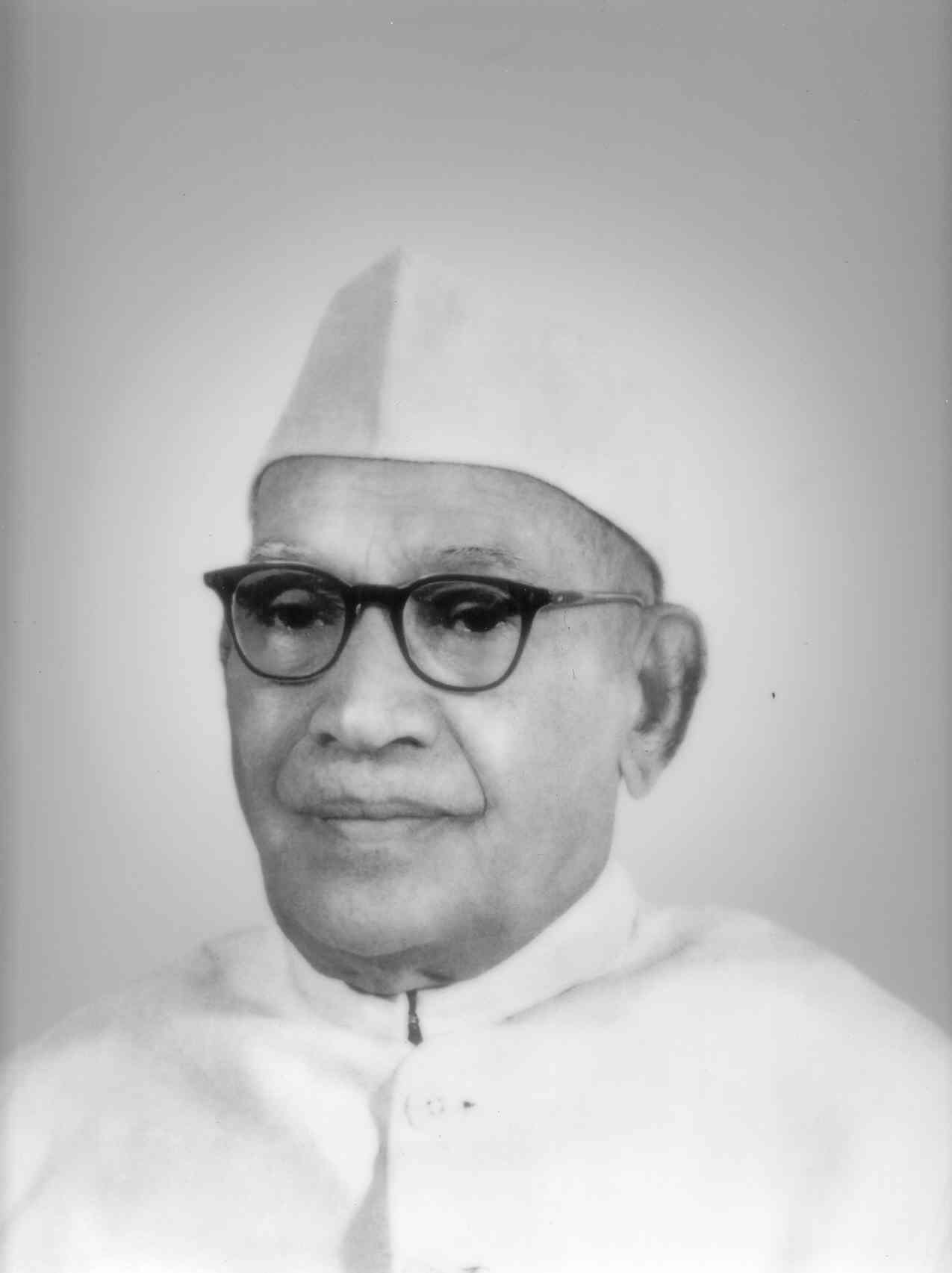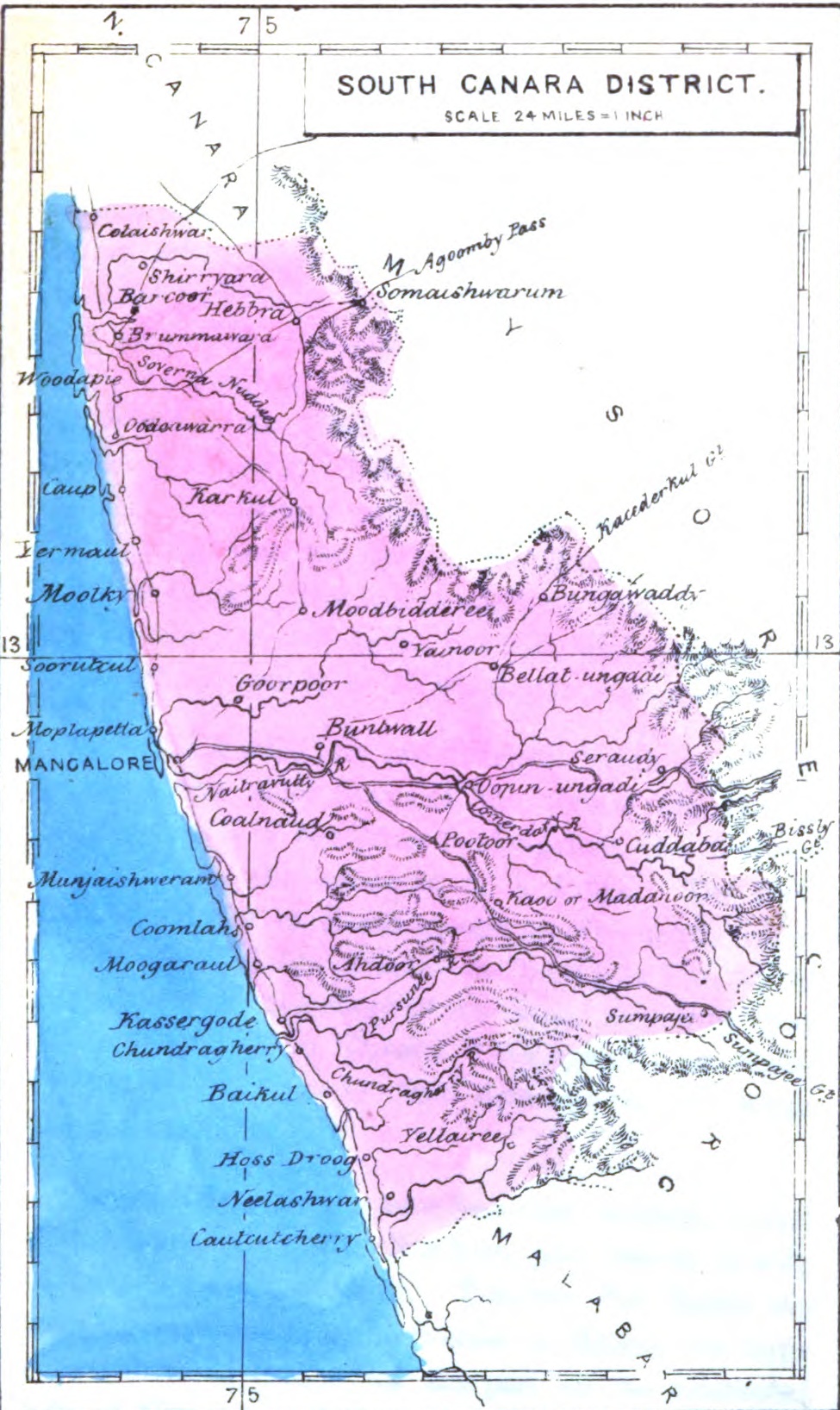|
1954 Travancore-Cochin Legislative Assembly Election
Elections to the Legislative Assembly of the Indian state of Travancore-Cochin were held on 15 February 1954. 265 candidates competed for the 106 constituencies in the Assembly. There were 11 two-member constituencies and 95 single-member constituencies. Out of these, one single member and one two-member constituency was reserved for SC. The main contest in the election was between the Indian National Congress (INC) and the United Front of Leftists (UFL). Travancore Tamil Nadu Congress was also significant in some Tamil - significant constituencies. Results Summary !colspan=10, , - style="background-color:#E9E9E9; text-align:center;" ! class="unsortable" , ! Political party !! Flag !! Seats Contested !! Won !! Net Change in seats !! % of Seats ! Votes !! Vote % !! Change in vote % , - style="background: #90EE90;" , , style="text-align:left;" , Indian National Congress , , 115 , , 45 , , 1 , , 38.46 , , 17,62,820 , , 45.32 , , 9.88 , - , - , , style=" ... [...More Info...] [...Related Items...] OR: [Wikipedia] [Google] [Baidu] |
Travancore–Cochin
Travancore–Cochin, or Thiru–Kochi, was a short-lived state of India (1949–1956). It was originally called United State of Travancore and Cochin following the merger of two former kingdoms, Travancore and Cochin on 1 July 1949. Its original capital was Thiruvananthapuram. It was renamed State of Travancore–Cochin in January 1950. Travancore merged with erstwhile princely state of Cochin to form Travancore–Cochin in 1950. The five Tamil-majority Taluks of Vilavancode, Kalkulam, Thovalai, Agastheeswaram, and Sengottai were transferred from Travancore-Cochin to Madras State in 1956. The Malayalam-speaking regions of the Travancore–Cochin merged with the Malabar District (excluding Laccadive & Minicoy Islands) and the Kasaragod Taluk of South Canara district in Madras State to form the modern Malayalam-state of Kerala on 1 November 1956, according to the States Reorganisation Act, 1956 passed by the Government of India. History Paravur T. K. Narayana Pillai, the Congre ... [...More Info...] [...Related Items...] OR: [Wikipedia] [Google] [Baidu] |
1954 State Assembly Elections In India
Events January * January 1 – The Soviet Union ceases to demand war reparations from West Germany. * January 3 – The Italian broadcaster RAI officially begins transmitting. * January 7 – Georgetown-IBM experiment: The first public demonstration of a machine translation system is held in New York, at the head office of IBM. * January 10 – BOAC Flight 781, a de Havilland Comet jet plane, disintegrates in mid-air due to metal fatigue, and crashes in the Mediterranean near Elba; all 35 people on board are killed. * January 12 – Avalanches in Austria kill more than 200. * January 15 – Mau Mau leader Waruhiu Itote is captured in Kenya. * January 17 – In Yugoslavia, Milovan Đilas, one of the leading members of the League of Communists of Yugoslavia, is relieved of his duties. * January 20 – The US-based National Negro Network is established, with 46 member radio stations. * January 21 – The first nuclear-powered submarine, t ... [...More Info...] [...Related Items...] OR: [Wikipedia] [Google] [Baidu] |
1957 Kerala Legislative Assembly Election
The Kerala Legislative Assembly election of 1957 was the first assembly election in the Indian state of Kerala. The Communist Party of India won the election with 60 seats. The election led to the formation of first democratically elected communist government in India. State Reorganization On 1 November 1956, under the States Reorganisation Act, 1956, Kerala was formed by the merger of Travancore-Cochin state with the Malabar district (including Fort Cochin and the Laccadive Islands) of Madras State, Kasaragod taluk of the South Canara district and the Amindive Islands. The southern part of Travancore-Cochin, the five taluks of Agastheeswaram, Thovala, Kalkulam, Vilavahcode, and Shencotta, were transferred from Travancore-Cochin to the Madras State. After the reorganization, the assembly constituencies increased from 106 with 117 seats in 1954 to 114 with 126 seats in 1957. Background Following the States Reorganisation Act, 1956, the Malabar District of Madras state mer ... [...More Info...] [...Related Items...] OR: [Wikipedia] [Google] [Baidu] |
1952 Madras Legislative Assembly Election
The first legislative assembly Election to the Madras state based on universal adult suffrage was held in March 1952. This was the first election held in Madras state after the Indian Independence. This election was officially known as the 1951 Madras State Election, even though through delays, actual voting didn't take place until early 1952. No single party obtained a simple majority to form an independent Government. C. Rajagopalachari (Rajaji) of the Indian National Congress became the Chief Minister after a series of re-alignments among various political parties and Independents. The Telugu speaking regions of Madras State split to form the Andhra state in 1953, leading to the consolidation of the non-Brahmin Congress faction under the leadership of K. Kamaraj. Faced with internal dissent and heavy opposition to his Hereditary education policy, Rajaji resigned in 1954. In the ensuing leadership struggle, Kamaraj defeated Rajaji's chosen successor C. Subramaniam and became ... [...More Info...] [...Related Items...] OR: [Wikipedia] [Google] [Baidu] |
1952 Travancore-Cochin Legislative Assembly Election
Elections to the Legislative Assembly of the Indian state of Travancore-Cochin were held on 27 March 1952. Constituencies Travancore-Cochin had 97 constituencies, 11 of them were two-member constituencies and 86 were single-member constituencies. There were 33,65,955 electors in the single member constituencies, while 8,44,389 electors in two-member constituencies. Total 437 candidates competed for 108 seats of the 97 constituencies in the Assembly. Political parties Three national parties (Indian National Congress, Revolutionary Socialist Party and Socialist Party) along with four state parties ( Cochin Party, Travancore Cochin Republican Praja Party, Travancore Tamil Nadu Congress and Tamil Nadu Toilers Party) and two registered unrecognized party (Kerala Socialist Party and Tamil Nadu People Front) took part in the electoral process of 1951-1952 assembly elections. Since Communist Party of India was banned in Travancore-Cochin State, its candidates took part in the ele ... [...More Info...] [...Related Items...] OR: [Wikipedia] [Google] [Baidu] |
1954 Elections In India
Legislative Assembly elections Legislative Assembly elections in India were conducted for Patiala & East Punjab States Union legislative assembly and Travancore-Cochin legislative assembly in 1954. In Patiala & East Punjab States Union, Indian National Congress won an absolute majority. While in Travancore-Cochin, no single party got the majority. Patiala & East Punjab States Union* * : On 1 November 1956, under States Reorganisation Act, 1956, Patiala & East Punjab States Union was merged with Punjab. Travancore-Cochin* * : In 1956, under States Reorganisation Act, 1956, Travancore-Cochin state was merged with the Malabar district of Madras State, Kasaragod taluk of the South Canara district and the Amindive Islands to form a new state Kerala. The southern part of Travancore-Cochin, Kanyakumari district was transferred to Madras State. See also * 1951–52 elections in India * 1955 elections in India References External linksElection Commission of India {{Legisla ... [...More Info...] [...Related Items...] OR: [Wikipedia] [Google] [Baidu] |
Madras State
Madras State was a state of India during the mid-20th century. At the time of its formation in 1950, it included the whole of present-day Tamil Nadu (except Kanyakumari district), Coastal Andhra, Rayalaseema, the Malabar region of North and central Kerala, Bellary, South Canara and Kollegal. Coastal Andhra and Rayalaseema were separated to form Andhra State in 1953, while South Canara and Bellary districts along with the Kollegalam taluka of Coimbatore district were merged with Mysore State, and Malabar District with the State of Travancore-Cochin to form Kerala in 1956. Post State Reorganization in 1956, the remaining Madras State was renamed to Tamil Nadu on January 14, 1969. History After Indian Independence, the Madras Presidency became the Madras Province on 15 August 1947. On 26 January 1950, it was formed as Madras State by the Government of India. As a result of the 1956 States Reorganisation Act, the state's boundaries were re-organized following linguistic line ... [...More Info...] [...Related Items...] OR: [Wikipedia] [Google] [Baidu] |
South Canara
South Canara was a district of the Madras Presidency of British India, located at . It comprised the towns of Kassergode and Udipi and adjacent villages, with the capital in Mangalore city. South Canara was one of the most heterogeneous areas of Madras Presidency, with Tulu, Malayalam, Kannada, Konkani, Marathi, Urdu, and Beary languages being spoken side by side. It was succeeded by the Tulu-speaking areas of Dakshina Kannada district, the Malayalam-speaking area of Kasaragod district and the Amindivi islands sub-division of the Laccadives, in the year 1956. Geography Mangalore was the administrative headquarters of the district. The district covered an area of . South Canara District was bordered by North Canara to north, the princely state of Mysore to east, Coorg state to southeast, Malabar District to south, and Arabian Sea to west. South Canara was one of the two districts on the western coast (Malabar coast) of Madras Presidency along with Malabar District (otherwi ... [...More Info...] [...Related Items...] OR: [Wikipedia] [Google] [Baidu] |
Kasaragod
Kasaragod () is a municipal town and administrative headquarters of Kasaragod district in the state of Kerala, India. Established in 1966, Kasaragod was the first municipal town in the district. It is the northernmost district of Kerala and is also known as ''Saptha Bhasha Sangama Bhoomi'' ('The Land of seven Languages'). Situated in the rich biodiversity of Western Ghats, it is known for the Chandragiri and Bekal Fort, Chandragiri River, historic Kolathiri Rajas, natural environment of Ranipuram and Kottancheri Hills, historical and religious sites like the Madiyan Kulom temple, Madhur Temple, Ananthapuram Lake Temple and Malik Deenar Mosque. The historic hill of Ezhimala is located on the southern portion of Kavvayi Backwaters of Nileshwaram. Kasaragod is located 50 km south of the major port city and a commercial hub Mangalore and 364 km north of the major port city Kochi. Kasaragod district has the maximum number of rivers in Kerala - 12. The town is loca ... [...More Info...] [...Related Items...] OR: [Wikipedia] [Google] [Baidu] |
Malabar District
Malabar District, also known as Malayalam District, was an administrative district on the southwestern Malabar Coast of Bombay Presidency (1792-1800) and Madras Presidency (1800-1947) in British India, and independent India's Madras State (1947-1956). It was the most populous and the third-largest district in the erstwhile Madras State. The British district included the present-day districts of Kannur, Kozhikode, Wayanad, Malappuram, Palakkad (excluding Chittur town), Chavakad Taluk and parts of Kodungallur Taluk of Thrissur district (former part of Ponnani Taluk), and Fort Kochi area of Ernakulam district in the northern and central parts of present Kerala state, the Lakshadweep Islands, and a major portion of the Nilgiris district in Tamil Nadu. The detached settlements of Tangasseri and Anchuthengu, which were British colonies within the kingdom of Travancore in southern Kerala, also formed part of Malabar District until 1927. Malayalam was the administrative as well as ... [...More Info...] [...Related Items...] OR: [Wikipedia] [Google] [Baidu] |
States Reorganisation Act, 1956
The States Reorganisation act, 1956 was a major reform of the boundaries of India's states and territories, organising them along linguistic lines. Although additional changes to India's state boundaries have been made since 1956, the States Reorganisation Act of 1956 remains the single most extensive change in state boundaries after the independence of India. The Act came into effect at the same time as the Constitution (Seventh Amendment) Act, 1956, which (among other things) restructured the constitutional framework for India's existing states and the requirements to pass the States Reorganisation Act, 1956 under the provisions of Part I of the Constitution of India, Article 3. Political integration after independence and the Constitution of 1950 British India, which included present-day India, Pakistan, Bangladesh and Myanmar, was divided into two types of territories: the Provinces of British India, which were governed directly by British officials responsible to the ... [...More Info...] [...Related Items...] OR: [Wikipedia] [Google] [Baidu] |






